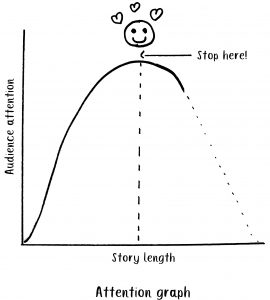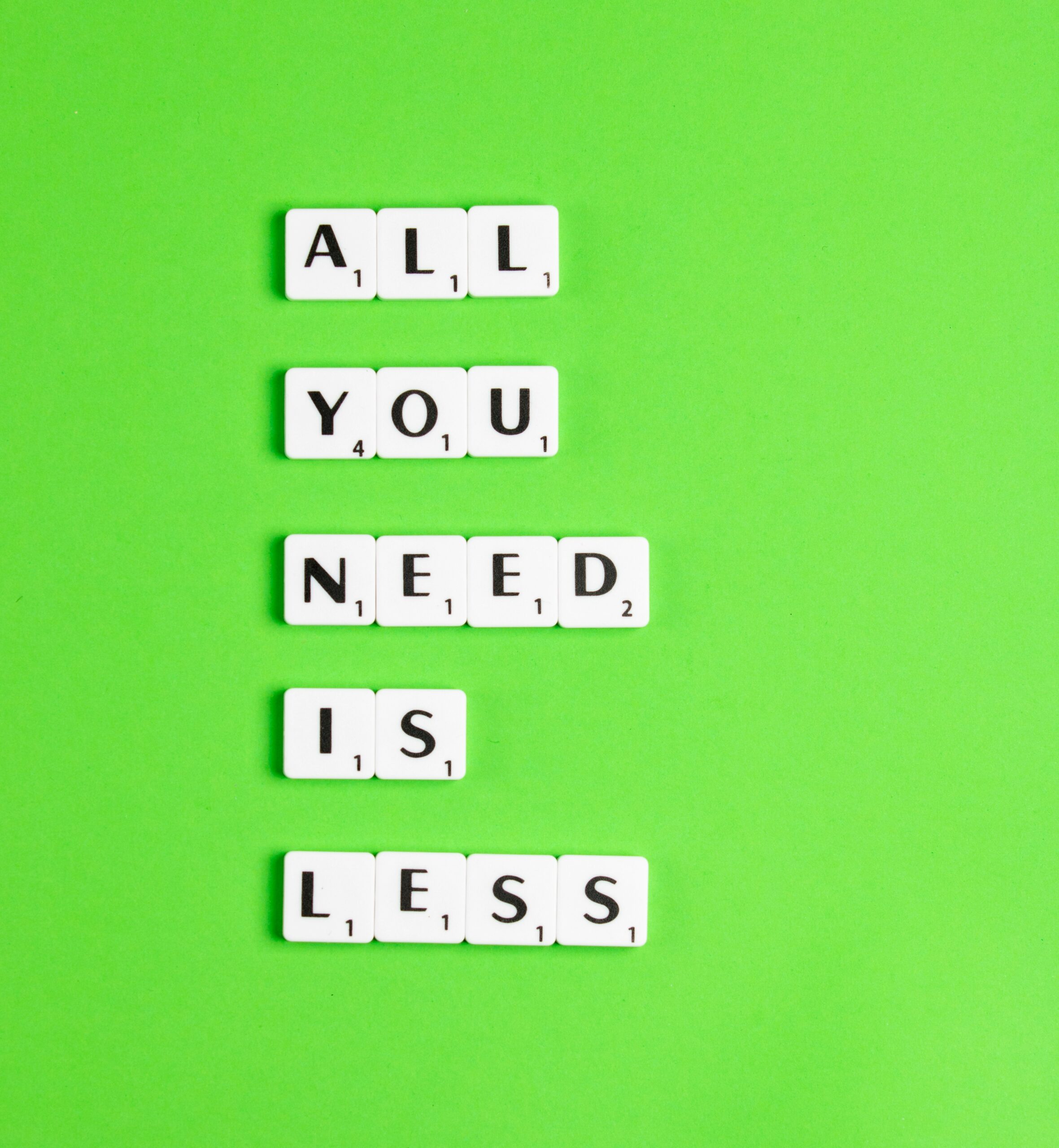
Do I need to request permission to share a story if my audience is time-poor? A client asked in my business storytelling workshop yesterday.
This is actually 3 questions rolled in one!
How do I segue into a story?
What is a good story length?
How do I pull off a story?
Story segues
Stories are like conversation dots. You can take a relevant story and insert it into a conversation, meeting, or presentation. But only if you use a segue sentence. Story segues are the velvet curtains that lead into the fortune-teller’s tent – they part and lead your audience into your story. Here are some examples of segues: for example, to illustrate the point…then share your story.
Short and sharp
No hard and fast rules, but in business, short stories work best. Judge length by your audience’s attention. There’s a point where your audience’s attention peaks, they get it! This is a perfect place to finish. Go beyond this point and you lose your audience.
Rockstar
Pulling off a story is about your personal conviction. Madonna said nobody will believe you are a Rockstar unless you believe it first. What powers a story is your conviction. Conviction only comes when you have done the work, around audience and story purpose.


Discover my One Powerful Tip to Unleash Your Storytelling
Discover the single most transformative technique that will take your narratives from ordinary to extraordinary. Whether you’re a writer, filmmaker, or simply someone who loves to share stories, this tip will revolutionize the way you craft and present your tales.
Recent Posts
You Won’t Believe What I Saw in the Park

My name is Yamini Naidu, and I’m an addict

One power move for every time you present

Fascinating, but I’m not sure I could – can you?

One technique that changed my presentations forever

I went psycho in the gym this morning
Categories
- Books2
- Business storytelling articles37
- Business storytelling examples47
- Business storytelling techniques75
- Business Storytelling training64
- Case Study5
- Conference Speaker3
- Examples of Story66
- Inspiration33
- Interview with…7
- Latest Posts185
- Life hacks3
- Presentation Skills17
- Speaking11
- Technology3
- Thoughts111
- Uncategorized3
- X Factor12
